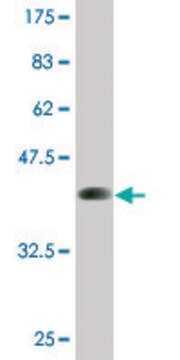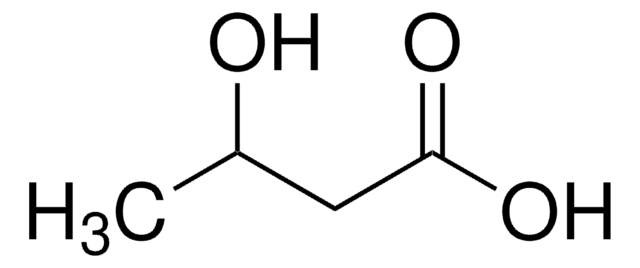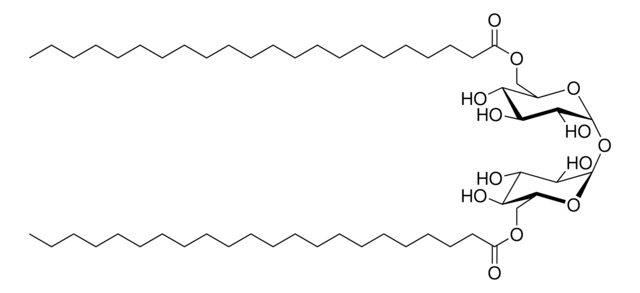MABC128
Anti-FIP200 Antibody, clone 14E11.2
clone 14E11.2, from mouse
Sinónimos:
RB1-inducible coiled-coil protein, 1FAK family kinase-interacting protein of 200 kDa, FIP200
About This Item
Productos recomendados
origen biológico
mouse
Nivel de calidad
forma del anticuerpo
purified antibody
tipo de anticuerpo
primary antibodies
clon
14E11.2, monoclonal
reactividad de especies
human, mouse
técnicas
immunocytochemistry: suitable
western blot: suitable
isotipo
IgG2bκ
Nº de acceso NCBI
Nº de acceso UniProt
Condiciones de envío
wet ice
modificación del objetivo postraduccional
unmodified
Información sobre el gen
human ... RB1CC1(9821)
Descripción general
The previously assigned protein identifier Q86YR4 has been merged into Q8TDY2. Full details can be found on the UniProt database.
Especificidad
Inmunógeno
Aplicación
Apoptosis & Cancer
Apoptosis - Additional
Immunocytochemistry Analysis: A 1:500 dilution from a representative lot detected FIP200 in NIH/3T3, A431, and HeLa cells.
Immunocytochemistry Analysis: A 1:250 dilution from a representative lot detected FIP200 in untreated and chloroquinone-treated HUVEC cells.
Calidad
Western Blot Analysis: 1 µg/mL of this antibody detected FIP200 in 10 µg of HeLa cell lysate.
Descripción de destino
Forma física
Almacenamiento y estabilidad
Nota de análisis
HeLa cell lysate
Otras notas
Cláusula de descargo de responsabilidad
¿No encuentra el producto adecuado?
Pruebe nuestro Herramienta de selección de productos.
Código de clase de almacenamiento
12 - Non Combustible Liquids
Clase de riesgo para el agua (WGK)
WGK 1
Punto de inflamabilidad (°F)
Not applicable
Punto de inflamabilidad (°C)
Not applicable
Certificados de análisis (COA)
Busque Certificados de análisis (COA) introduciendo el número de lote del producto. Los números de lote se encuentran en la etiqueta del producto después de las palabras «Lot» o «Batch»
¿Ya tiene este producto?
Encuentre la documentación para los productos que ha comprado recientemente en la Biblioteca de documentos.
Artículos
Autophagy is a highly regulated process that is involved in cell growth, development, and death. In autophagy cells destroy their own cytoplasmic components in a very systematic manner and recycle them.
Nuestro equipo de científicos tiene experiencia en todas las áreas de investigación: Ciencias de la vida, Ciencia de los materiales, Síntesis química, Cromatografía, Analítica y muchas otras.
Póngase en contacto con el Servicio técnico

![Poly[(R)-3-hydroxybutyric acid] natural origin](/deepweb/assets/sigmaaldrich/product/structures/129/476/7d1c924b-f644-4889-a2d6-d7a923ce382c/640/7d1c924b-f644-4889-a2d6-d7a923ce382c.png)





